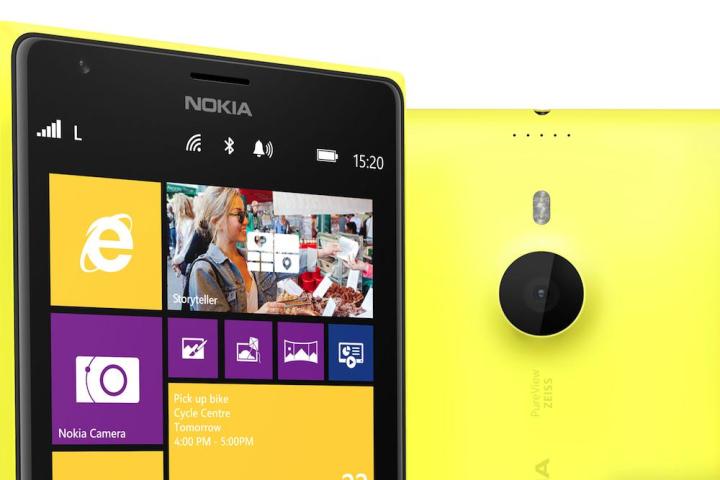
Nokia could be working on a new way for you to interact with its Lumia smartphones, according to the latest leak. Instead of only using touch, future Nokia Windows Phones could have a “3D Touch” interface, which would be capable of recognizing gestures made in the air around the phone, without touching the glass display. A set of potential device codenames have been leaked through the @evleaks Twitter account, and it’s one named Goldfinger which could have this interesting new tech.
Anonymous sources talking to The Verge have elaborated on what 3D Touch would do, suggesting the phone would see gestures made over the top and around the sides, where flips and swipes could be used to navigate around the Windows Phone operating system. If the rumors are correct, this will be installed on Nokia’s first Windows Phone 8.1 hardware.
The use of free-air gestures to control a mobile device isn’t anything new, as Samsung already has something similar on its Galaxy S4. They’re called Air Gestures, and you can swipe over the phone to wake the lock screen to view notifications, scroll through web pages, and even accept speakerphone calls. As for how useful all this is, that’s for you to decide. There are rumors Amazon may also be working on a gesture-controlled UI for a possible future smartphone, except instead if using hand gestures, just the movement of your head or eyes could be enough to control the phone.
Going back to Nokia, the other codenames leaked include the Moneypenny, Normandy, Phantom, and Spinel. The Goldfinger is said to be the range-topper though, but as it and 3D Touch are probably going to rely on Microsoft’s Windows Phone 8.1 software, we shouldn’t expect anything official until later in 2014. However, Microsoft may show off some of the new OS’s features during Mobile World Congress at the end of February.
Editors' Recommendations
- New 3D smartphone technology could change photography, experts say
- How to disable 3D and Haptic Touch in iOS
- Nokia’s 8.3 5G is a truly global phone with a cinematic camera
- Facebook 3D Photos no longer requires Portrait mode on dual-camera phones
- This A.I. app converts any photo into 3D, no dual lenses required



